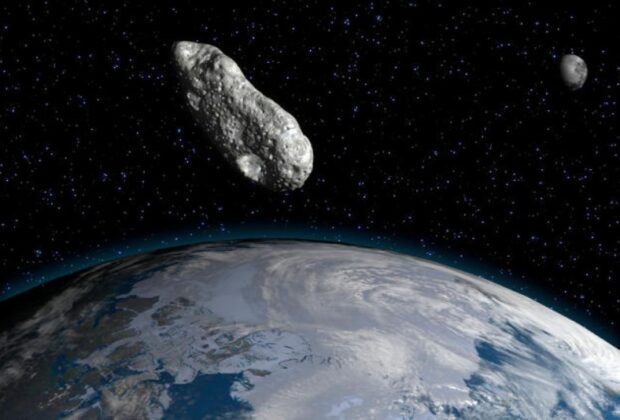NASA reports that Earth will not be struck by a 54-million-ton “lost” asteroid in 2024, despite its potential to destroy significant portions of the world.
The positive announcement came from the US space agency in response to a story by Britain’s BG News, which stated that there was a 1 in 10 million probability of 2007 FT3 hitting the planet on March 3 and a 1 in 11.5 million possibility of a collision on October 5.
NASA data shows that despite the 328-yard asteroid being initially observed in 2007 and then vanishing from astronomers’ observatories, scientists were still able to gather enough data to estimate the probability of 89 possible impacts with Earth this year.
There are “no known asteroid impact threats to Earth at any time in the next century,” officials stressed in a statement to The Standard as the possible crash dates drew nearer.
A spokesperson reportedly stated that, “Nasa and its partners diligently watch the skies to find, track, and categorize asteroids and near-Earth objects (NEOs), including those that may come close to Earth,”
That 2007 FT3 space rock is still missing, which is fortunate because NASA would know if it was hurtling toward Earth right now.
The statement went on, “An important note here is that planetary scientists define as close approaches asteroid approaches that come within 30 million miles of Earth’s orbit.”
The missing asteroid would have been huge enough to cause regional damage, but it was far less than the 10-mile-wide Chicxulub asteroid, which is thought to have caused the devastating impact that is thought to have wiped out the dinosaurs when it slammed into Mexico’s Yucatan peninsula 66 million years ago.
However, if Bennu, a minor near-Earth asteroid, slips through a “gravitational keyhole” in 2135, there is a 1 in 2,700 possibility that it would smash with Earth in 2182, according to NASA.
In an effort to assist scientists in deciphering the mystery surrounding the origins of life on Earth, the National Aeronautics and Space Administration obtained samples from the carbon-rich space rock, which is 4.5 billion years old, last year.
NASA was able to successfully test the idea of deflecting a big space rock that was truly posing a threat to Earth in 2022 by crashing a spaceship into an asteroid at a speed of fifteen thousand miles per hour.







